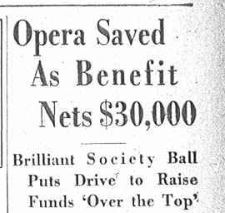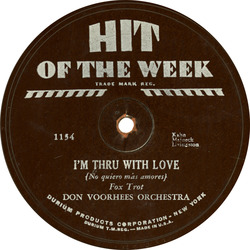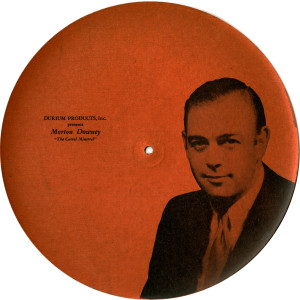Lucrezia Bori Saved the Metropolitan Opera during the Great Depression
 Did you know that in 1933, Lucrezia Bori began a career as a fundraiser for the Metropolitan Opera during the Great Depression on top of performing?
Did you know that in 1933, Lucrezia Bori began a career as a fundraiser for the Metropolitan Opera during the Great Depression on top of performing?
Retiring, later that she wanted at age 48, Lucrezia Bori helped save the Metropolitan Opera. While the Metropolitan continued to sell tickets to performances with no difficulty despite the Great Depression. The contributions of its stockholders fell off dramatically and by the end of 1932 the board of directors found that a great deal of money would be needed if the next season were to be held.
Bori agreed to work with the Opera’s managers to obtain the funds and in 1933, she headed an organization called the Committee to Save the Metropolitan Opera House. Where Lucrezia made appeals by flyer, letter, and in personal contacts with potential benefactors to help save the Met. She traveled widely and participated in numerous benefits, at which she performed.
During this period of fundraising, Lucrezia also continued to carry out an exhausting schedule of performance at the Met.
To help raise the final funds needed, a masquerade ball was held to raise financial support for the opera house. Over 3,000 of the city’s aristocracy attended paying $10 each admission, contributing the final $30,000 towards the $300,000 fund needed to save the opera along with $10,000 to cover the cost of the ball.
Here at the Recorded Sound Archives we are celebrating Women’s History month through music by highlighting the voice of Lucrezia Bori and her accomplishment of saving the Metropolitan Opera.
To listen to recordings by Lucrezia Bori, click here.

